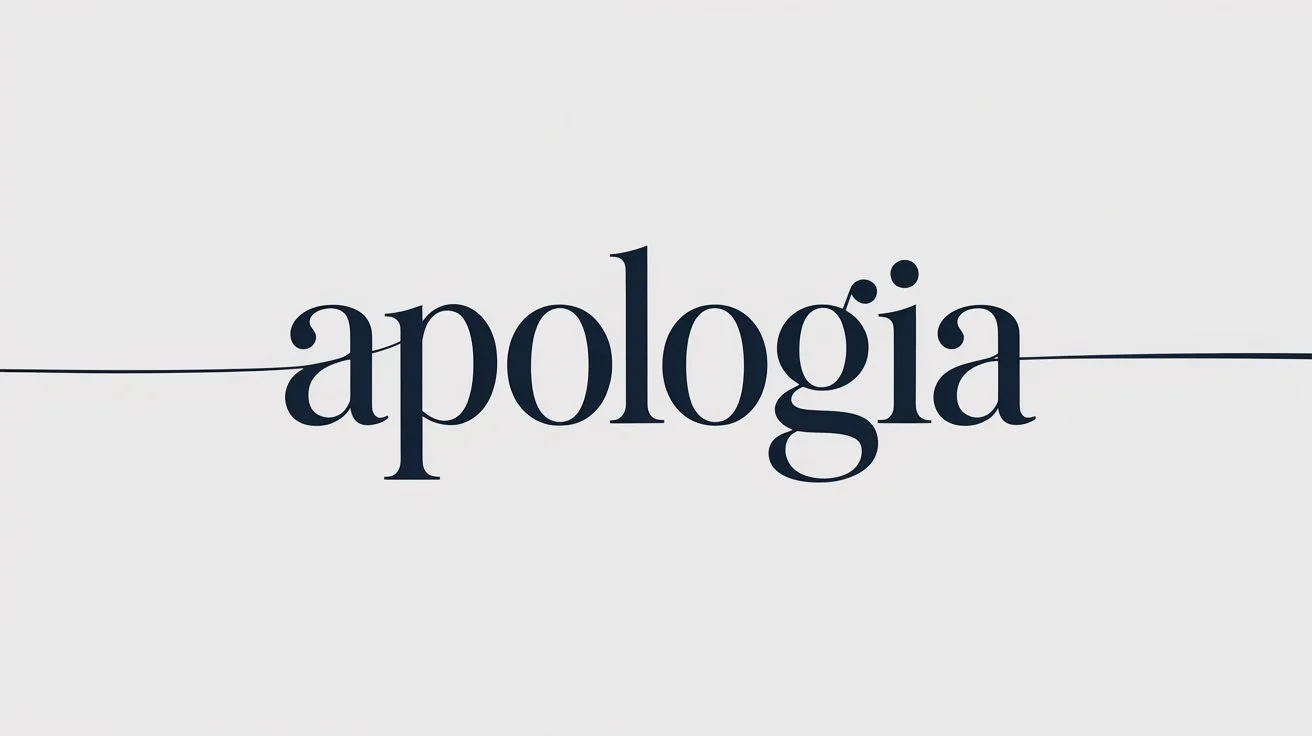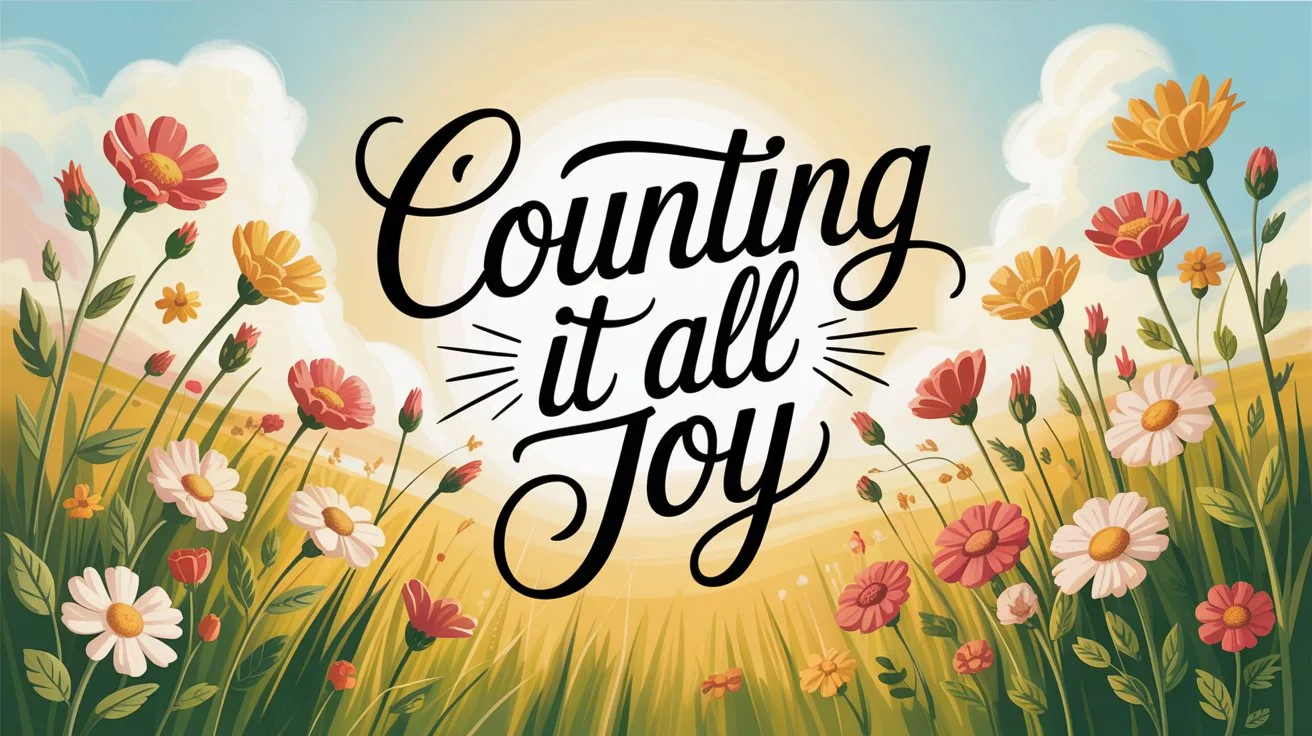Sin offerings were central to the Old Testament sacrificial system, specifically designed to atone for unintentional sins and to restore fellowship between God and His people. The instructions are laid out in Leviticus 4–5, and these offerings demons/”>demonstrated the seriousness of sin and the necessity of blood for forgiveness.
Leviticus 4:2–3 introduces the concept:
“If a person sins unintentionally in any of the commandments of the Lord… then let him bring for his sin which he has sinned a young bull without blemish to the Lord for a sin offering.”
The sin offering varied depending on the status of the person who sinned:
A priest or the whole congregation offered a young bull.
A leader offered a male goat.
A common person offered a female goat or lamb.
For the very poor, even fine flour without oil or frankincense could be accepted (Leviticus 5:11–13).
The process involved the laying on of hands (symbolizing the transfer of guilt), the slaughter of the animal, and the sprinkling of its blood in specific places. For some offerings, blood was applied to the altar’s horns and poured out at its base. The rest of the animal was either burned on the altar or taken outside the camp and burned.
Sin offerings highlighted that even unintentional sins required atonement. They taught Israel that sin defiles and separates from God, but that He had provided a way for cleansing.
These offerings were prophetic. They foreshadowed the ultimate sacrifice of Christ, who became the perfect sin offering for all who believe. Hebrews 9:26 says:
“He has appeared to put away sin by the sacrifice of Himself.”
Jesus was crucified outside the city, just as sin offerings for the people were burned outside the camp (Hebrews 13:11–12). His once-for-all sacrifice fulfilled what the sin offerings could only foreshadow.
Sin offerings teach us the cost of sin and the mercy of God in providing a substitute. They point directly to the cross, where Jesus bore the sin of the world.







